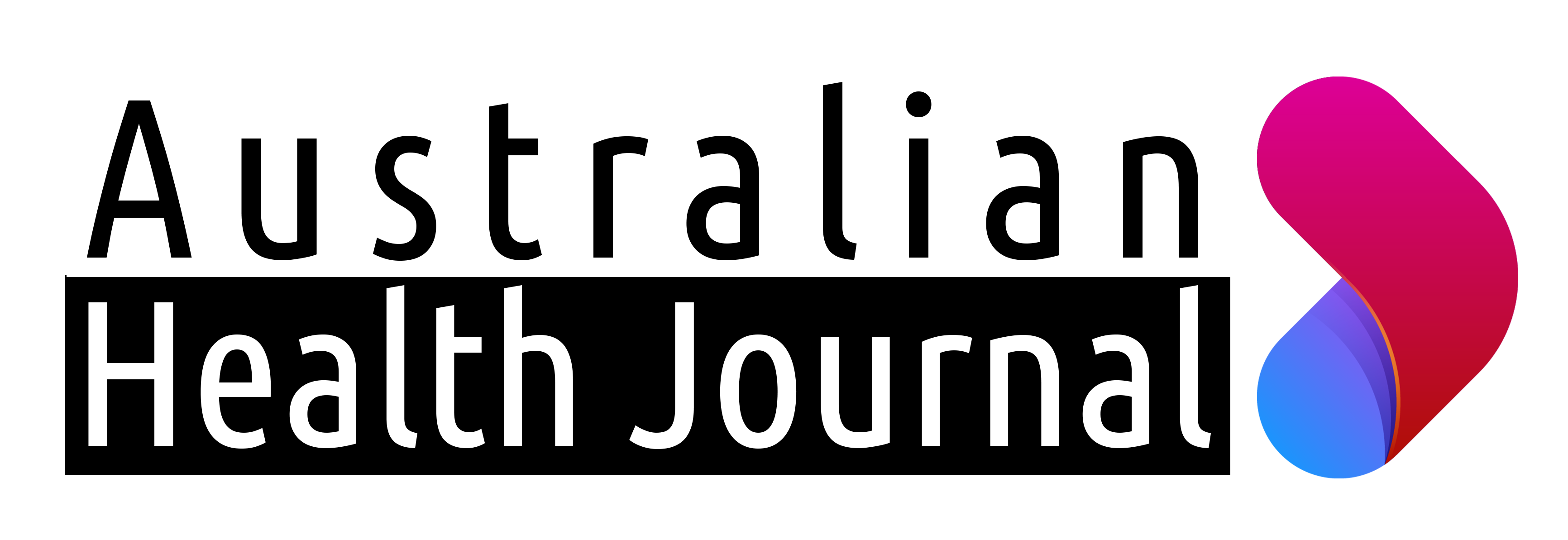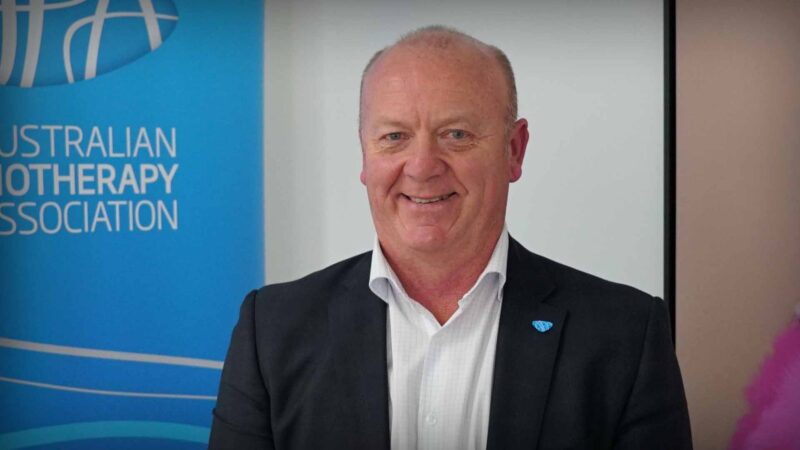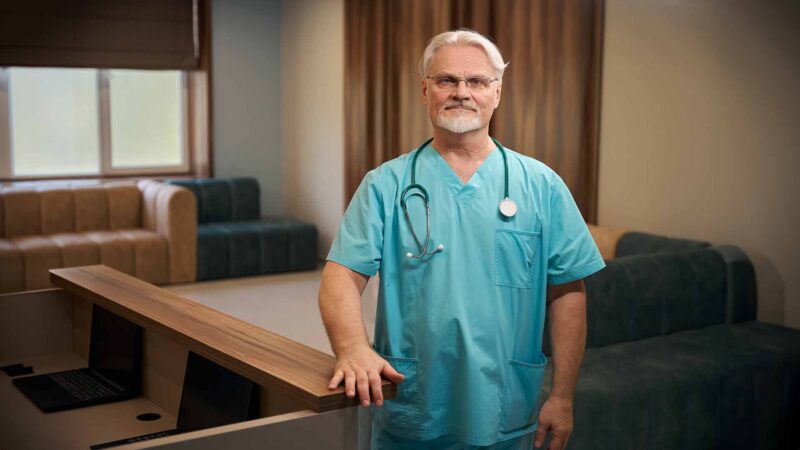Pharmacists in the emergency department play a crucial role in upfront decision making around medicines for patients presenting with various medical conditions.
Cristina Roman, is the Lead Pharmacist at Alfred Emergency Trauma Centre. In her 12 years working in the Emergency Department, Cristina has established pharmacy services, and filled gaps in patient care with new models of care.
One of those models of care adopted by the US and other countries, is involving pharmacists for critically unwell patients that present to the emergency department.
Through her investigations, Cristina has considered how pharmacy services can impact stroke care, sepsis and trauma outcomes.
Thrombolytic therapy is crucial in ischaemic strokes, as every minute with a blood clot in the brain increases the risk of permanent disability for the patient.
Pharmacists can play a crucial role in identifying patients appropriate for thrombolysis and assisting with the administration of high-risk medications like thrombolysis for stroke patients. This can mean faster thrombolysis to eligible patients, shaping the scope of practice for the emergency medicine pharmacist.
In addition, her studies have also shown the involvement of pharmacists in sepsis calls improves time to antibiotic administration, particularly for patients in ICU care. The evidence has shown better outcomes for the most unwell patients.
Nurses and medical staff at Alfred Hospital are now actively pulling pharmacists into scenarios, highlighting the value and benefit of their involvement in patient care.
This model of care for emergency departments involving pharmacists has gained international interest and is continuing to expand.
Australian Health Journal spoke with Cristina Roman and Lisa Bremner, Advanced Training Resident Pharmacist at Alfred Hospital Emergency Trauma Centre.
You Might also like
-
Scott Willis, talks Physiotherapy
Health Executive Leadership Insights (HELI)
Scott Willis, the National President of the Australian Physiotherapy Association talks Physiotherapy -
State of private healthcare in Australia
Australia’s healthcare system is often described as a mixed system, with a combination of public and private providers. While public healthcare through Medicare provides universal coverage for essential services, private healthcare offers additional options and amenities for those who can afford them.
Private Healthcare Australia (PHA) is the Australian private health insurance industry’s peak representative body that currently has 21registered health funds throughout Australia and collectively represents 98% of people covered by private health insurance. PHA member funds today provide healthcare benefits for over 14 million Australians.
-
Health-Tech Connections
Challenges in health care delivery have compounded, with clinical staff being exposed to the Omicron COVID variant. Reduced staffing has brought on its challenges to most already-strained state health care systems and the people working in them.
However, over the past 2 years of the pandemic, technology has played an increasing role on the front end for patients and consumers at home and clinicians in the medical setting. Much more is planned in technology that will deliver efficiency, reduce risk and make available new models of care. This has the potential to touch the working lives of all stakeholders and
recipients of care.



